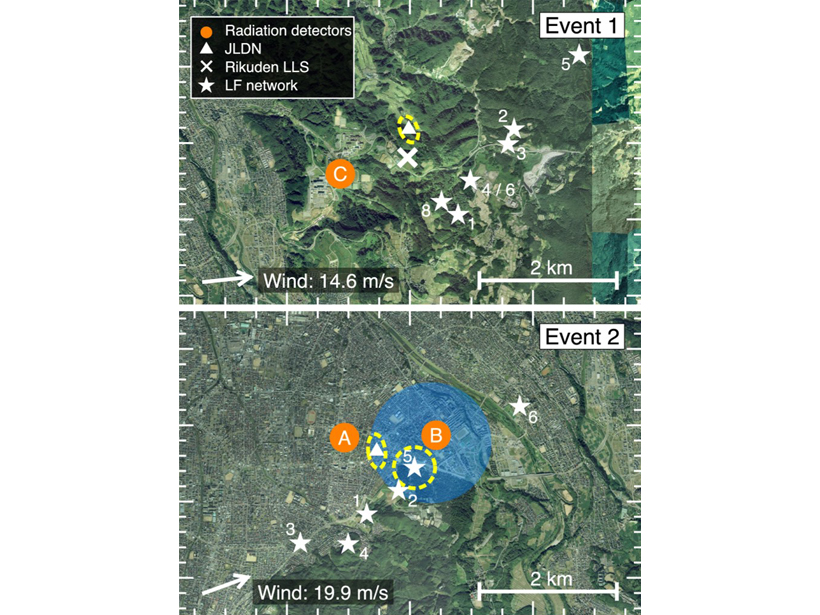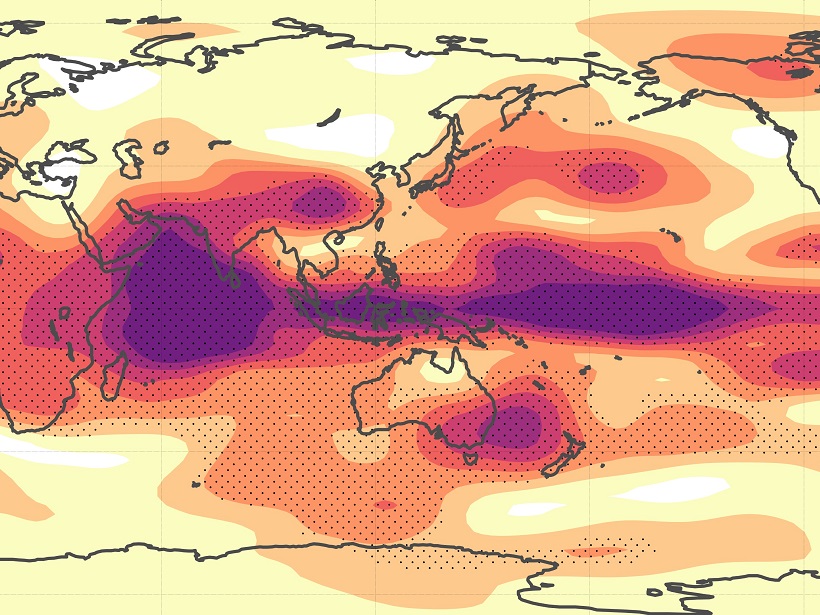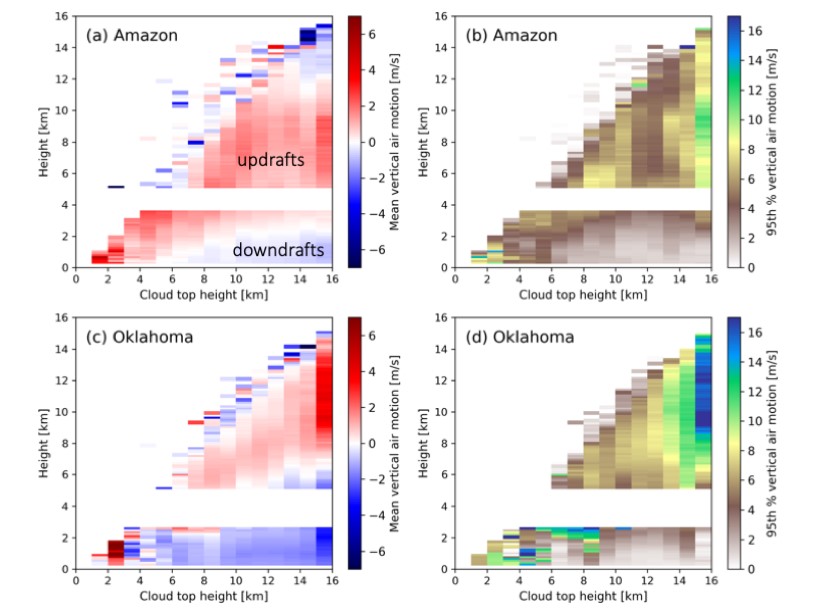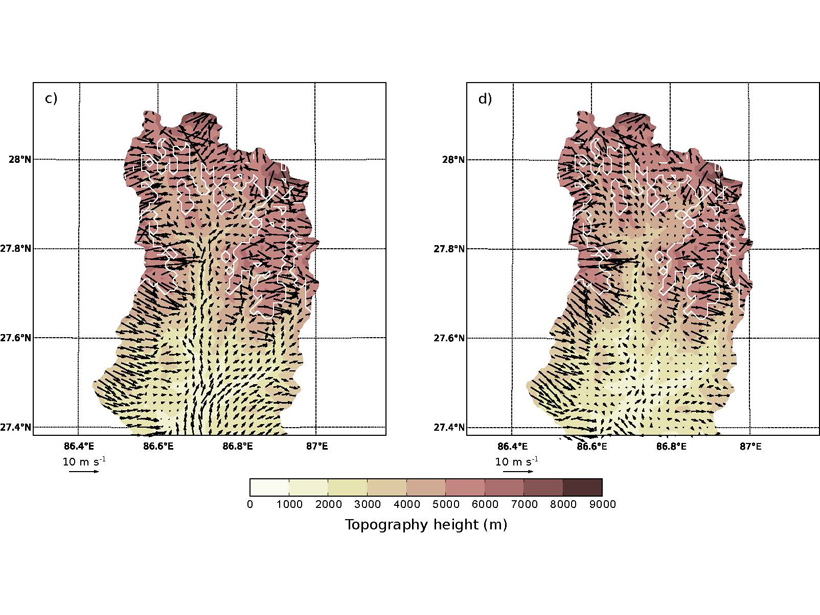For the first time, the connection between energetic in cloud pulse and terrestrial gamma‐ray flashes is confirmed in the Gamma-Ray Observation of Winter Thunderclouds experiment in Japan.
Minghua Zhang
Editor-in-Chief, JGR: Atmospheres
Clearing the Haze Around Aerosol Assessments
An international gathering of scientists discussed the state of the art in assessments of how aerosol particles in the atmosphere affect Earth’s climate.
How Does Climate Respond to Different Forcings?
Global temperature responds in the same way to carbon dioxide as it does to methane or aerosol changes if the concept of effective radiative forcing is used to quantify the forcing strength.
Microphysics and Positive Lightning in Hokuriku Winter Clouds
The microphysics of the frequent, and frequently positive, lightning of Hokuriku winter clouds was investigated by systematic, in situ observation of individual precipitation particle type and charge.
Hydrological Footprint of Atmospheric Rivers on Land
Atmospheric rivers that make landfall in the western United States have significant impacts on the surface water balance, sharpening the seasonality of water resources in coastal watersheds.
Linking Regional Weather and Climate to Remote Events
A new index for quantifying regional sensitivities to the influence of periodic events.
New Observations of Thunderstorm Updrafts and Downdrafts
Unique measurements of air motion within deep convective clouds offer new insights in our understanding of these storms and provide constraints for weather and climate prediction.
What Drives Surface Winds in a Deep Valley?
Surface winds in a Himalayan valley are found to vary daily and seasonally due to factors including pressure gradient, advection, turbulent vertical mixing, and the presence of glaciers.
How Brown Carbon and Coatings on Black Carbon Affect Absorption
While ambient black carbon absorption is shown largely independent of coatings, distinct types of atmospheric brown carbon coexist, deriving from primary emissions and secondary processing.
What Makes a Terrestrial Gamma-Ray Flash in Thunderclouds?
Two lightning flashes were observed in the same location: One produced a bright gamma-ray flash with about 1000 counts per millisecond, but the other did not.










